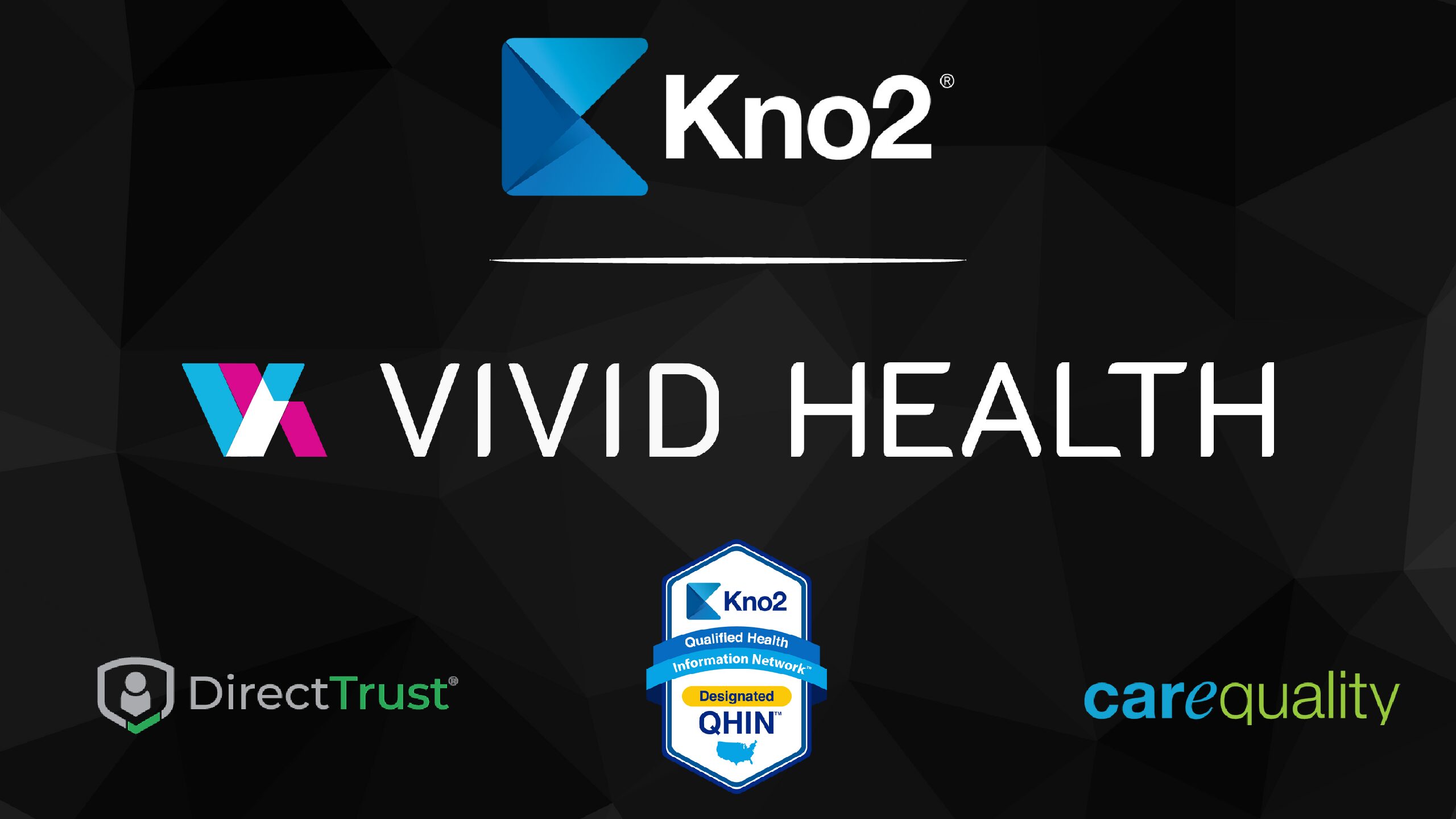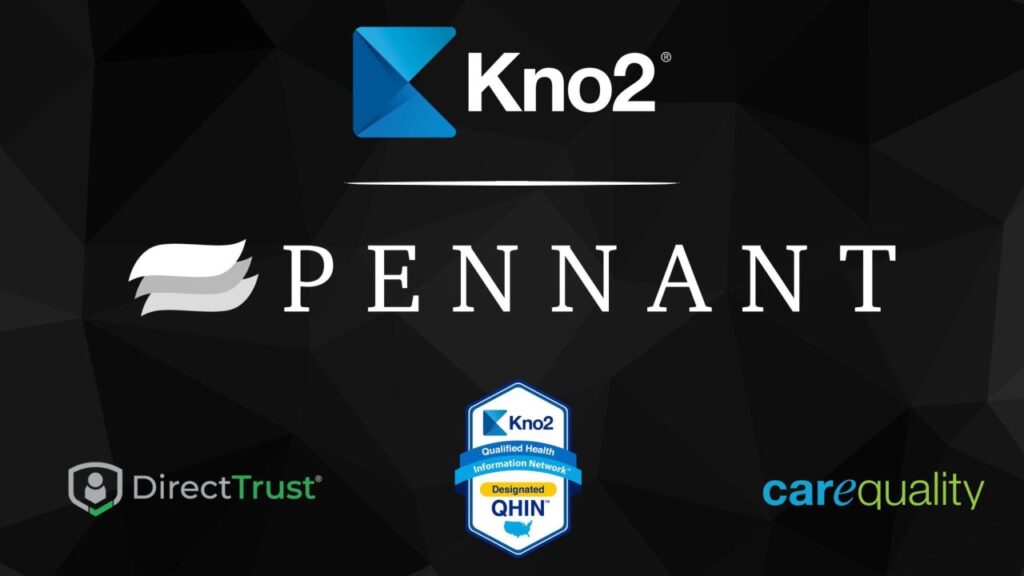
For several years living in Wisconsin I would drive my family every summer to visit grandparents either in Utah (2 days driving) or Oregon (3 days driving). Now we live in Washington and enjoy renting a beach house on the Oregon coast, only a 2-hour drive from our home. But regardless of the drastic difference in travel distance, when traveling with four kids in a van it’s inevitable that someone will ask “are we there yet?”
Interoperability has been an industry buzzword for many years now, with a lot of state and federal money thrown at reaching interoperability, not to mention the money and hours spent by providers, clinician offices, health systems, IT vendors, and even patients, among others.
After so many years, it seems fair to ask, “are we there yet?” Or maybe in this case: “why aren’t we there yet?”
The problem with the question is do we even know where ‘there’ is, or have agreement on what we’re really trying to achieve? Sometimes when I join discussions about interoperability, or read an article someone published discussing interoperability, I feel like Inigo Montoya from the Princess Bride: “You keep using that word. I do not think it means what you think it means.”
A clear definition leads to a clear destination
Without a clear definition and agreement of what interoperability even is, and a clear destination we’re trying to reach, how can we expect to ever get ‘there’?
Now, I don’t have all of the answers, but this has become a big enough concern that Congress got involved and gave us their definition of interoperability in December 2016 as part of the 21st Century Cures Act. Cures also lead to ongoing work and a recent Proposed Rule from ONC, along with the Trusted Exchange Framework and Common Agreement (TEFCA) which completed its comment period for draft 2 earlier this summer.
Congress’ definition of interoperability: “The term `interoperability’, with respect to health information technology, means such health information technology that–(A) enables the secure exchange of electronic health information with, and use of electronic health information from, other health information technology without special effort on the part of the user; (B) allows for complete access, exchange, and use of all electronically accessible health information for authorized use under applicable State or Federal law; and (C) does not constitute information blocking.”
We at least have a definition. Whether we all understand it to mean the same thing is unlikely – “without special effort”?; “complete access”?; and we won’t even get into what does or “does not constitute information blocking” (ONC is trying to figure that one out…) But at least there’s a point out there somewhere to call our destination.
Heading in the right direction
I work in interoperability every day, so I get to see the tremendous success that is happening nationwide with interoperability efforts. Unfortunately, stories of interoperability not being there are the ones that often get the most news and make it to Congress – leading to interoperability being written into laws.
However, we are seeing huge leaps forward in the interoperable exchange that is happening. As of April, Carequality sees more than 36 Million patient records exchanged on a monthly basis, and that number continues to increase every month. Those are primarily provider-to-provider exchange of information at the time of a visit, but also included are a growing number of patient-initiated queries, and queries for payment, coverage, or operational use of data.
CommonWell Health Alliance® brought its Carequality connectivity to General Availability late last year and continues to roll out to its participants who are anxious to use the extended connectivity provided, in addition to what they already get through their CommonWell network exchange.
A joint effort of Carequality and CommonWell is seeking to address long-time issues from difference of interpretation of C-CDA document standards to provide better recommendations for exchanged information. A Document Content white paper has been published and the next iteration of that work group should be commencing later this year to create additional recommendations.
DirectTrust™ facilitates secure push-based messaging and is realizing nationwide interoperability with the use of Direct Secure Messaging, encrypted email-like messages with attachments; a viable and established alternative to fax. Reporting record growth the past two quarters, DirectTrust recently celebrated its 1 Billionth (yes, with a ‘B’) Direct Secure Message sent and received over the DirectTrust network.
Carequality is expanding beyond query-based document exchange into FHIR and Subscription-based Notifications, and will even be adding image exchange to its portfolio in the not too distant future.
And then there are Argonaut, Da Vinci, and others who make up dozens of ongoing FHIR workgroups, the PACIO Project, the Data Element Library (DEL) from CMS, the Electronic Medical Documentation Interoperability Implementation Guide, the 360X initiative, and the list goes on and on…
Identifying what route to take
It’s fair to say that there is a lot happening in the world of interoperability today, and my quick list above barely scratches the surface (and admittedly is based largely on groups with which I am personally involved).
I am thrilled to see the focus on moving interoperability forward. In many aspects, Kno2® is already ahead of the game. While years of federal government incentive programs to drive interoperability have focused on hospitals and ambulatory providers, Kno2 has instead extended interoperability to the rest of the care continuum. As the industry is now realizing that post-acute care, emergency medical services (EMS), therapies, behavioral health, and others are critical players in our healthcare ecosystem, we’ve already been laying the groundwork and are now seeing these “hard to reach markets” become major interoperability players.
Kno2 is a live Implementer of Carequality, allowing portal-based queries for providers who do not currently have an EHR system and use paper charts, EMS agencies who need information during patient transport and additional operational data afterward, as well as other Implementers and Carequality Connections that leverage the Kno2 gateway for broad interoperability and connectivity. We are members of CommonWell and DirectTrust, along with many other industry trade associations and workgroups, all striving to solve interoperability.
With the latest announcement from ONC selecting The Sequoia Project, in conjunction with Carequality and RTI International, to serve as the Recognized Coordinating Entity (RCE) of the TEFCA, I am excited by the promise of nationwide interoperability coming more easily within reach of providers, payors, patients, and others across the care continuum.
I do not think that TEFCA will magically solve all our interoperability woes. But I do think this is a huge step forward in the direction of our ultimate destination, leveraging the Sequoia Project, Carequality, and RTI’s joint interoperability expertise to take the various methods of exchange and start bringing them together into one unified “on-ramp” to data exchange.
Learn more
Kno2 Responds to ONC and CMS Proposed Rulings
Kno2 Responds to Draft 2 of TEFCA
About Kno2






